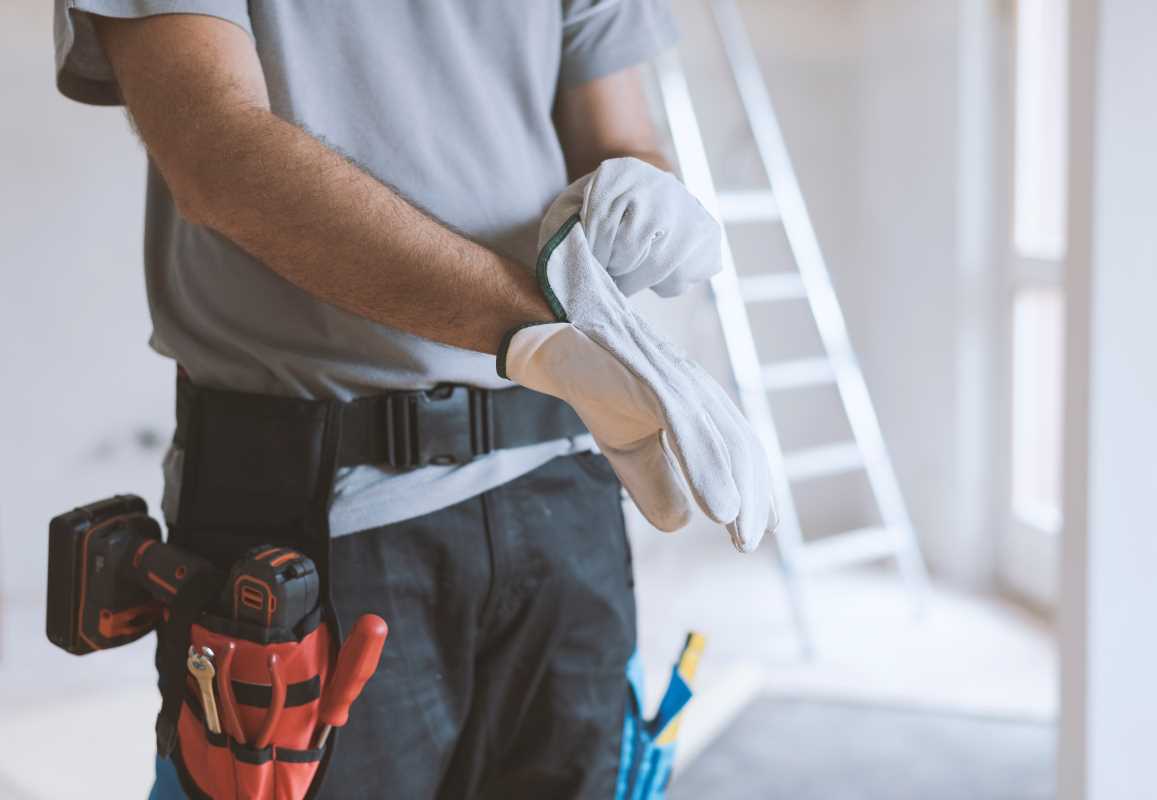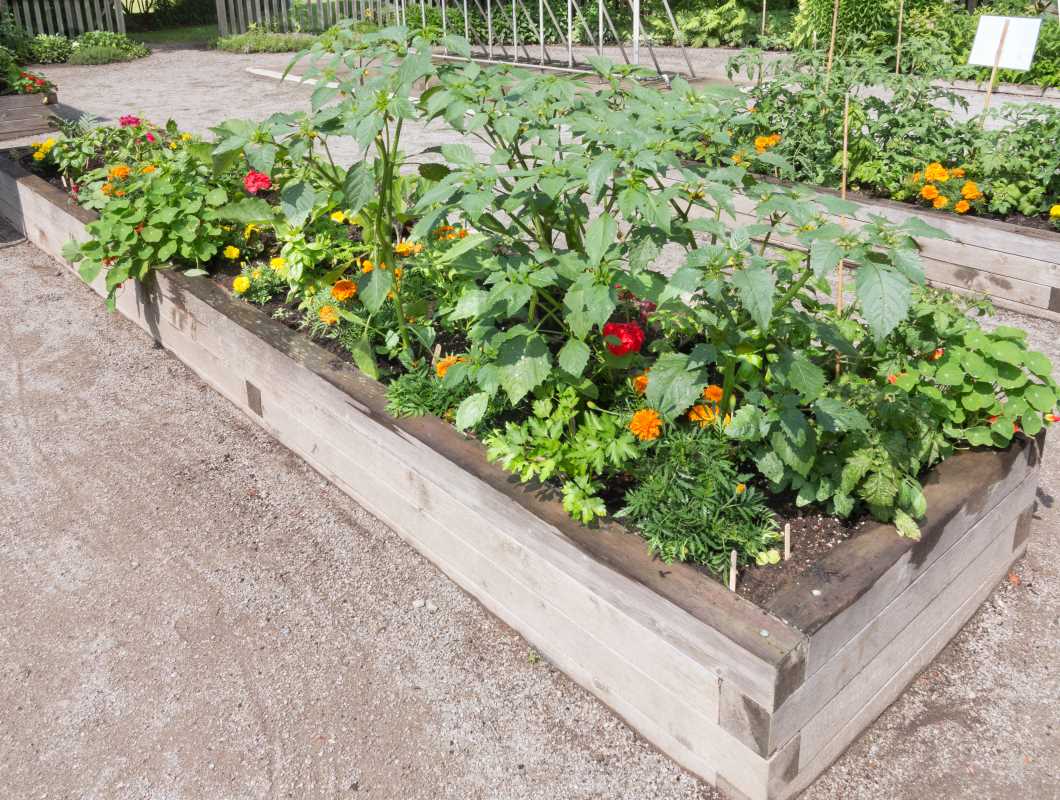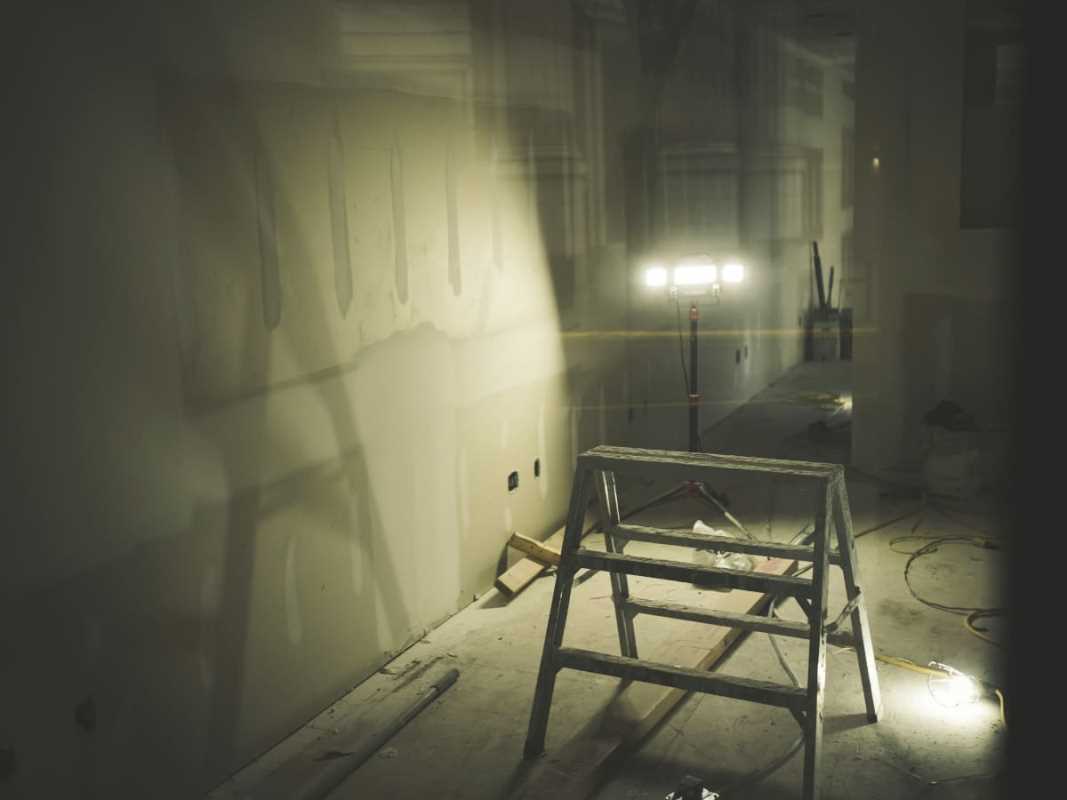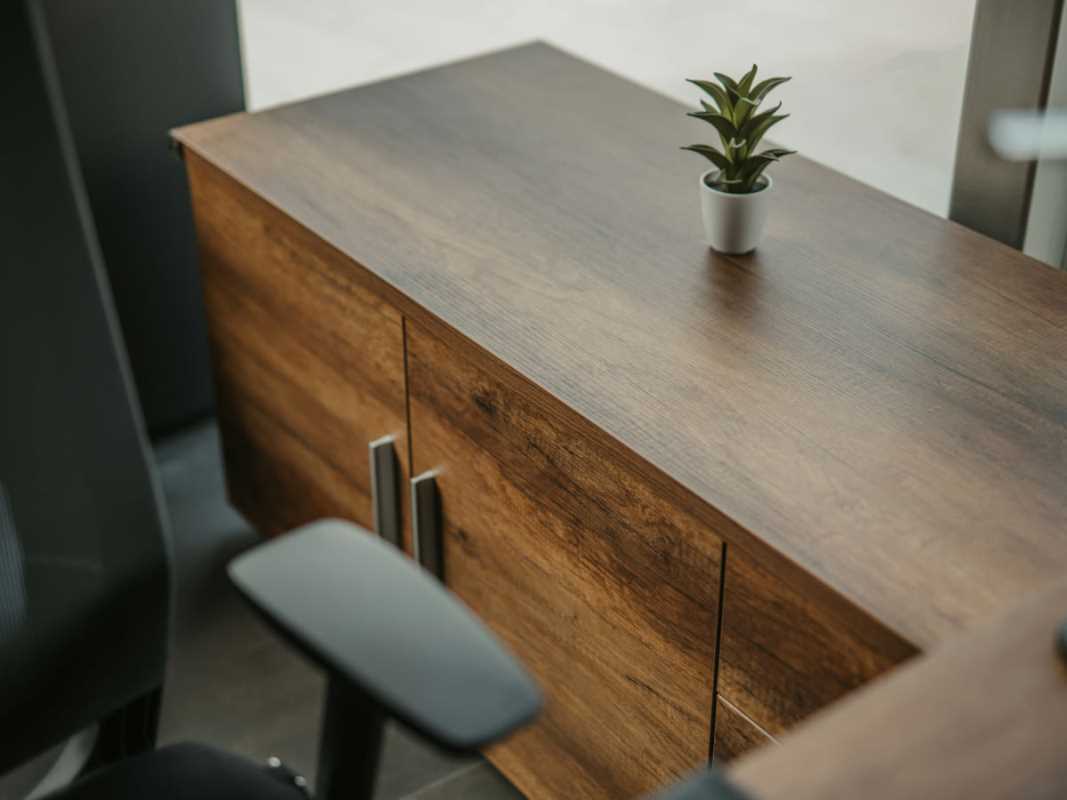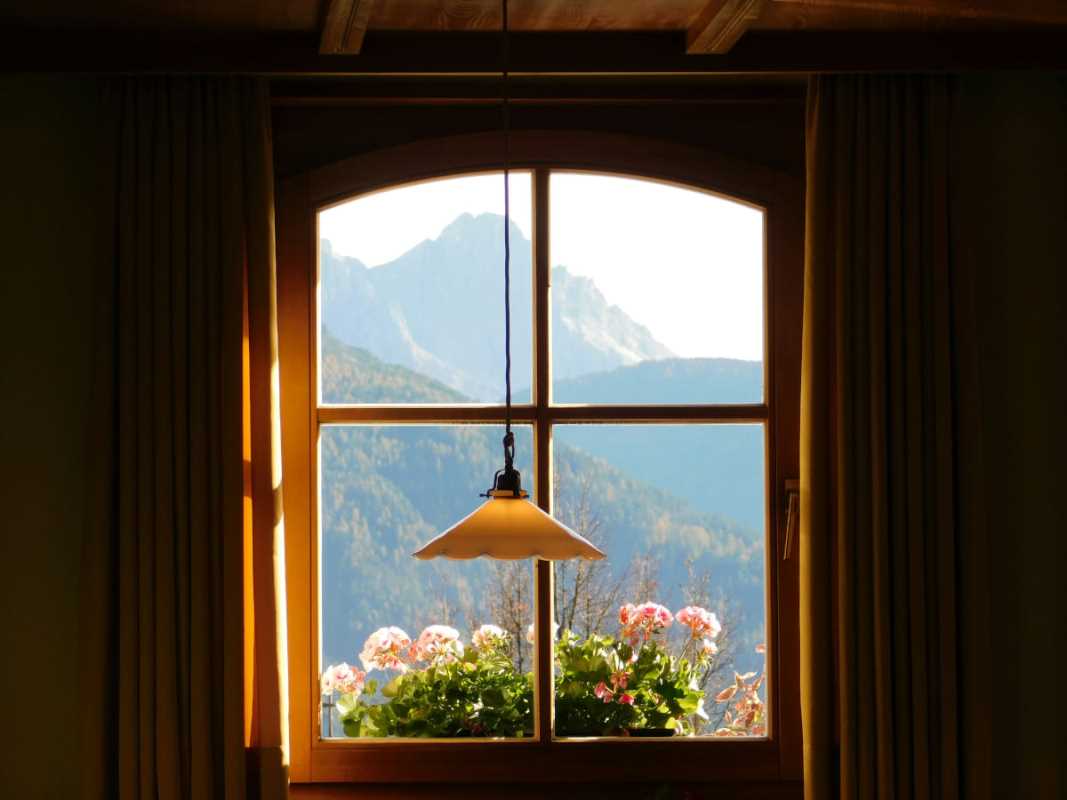For a long time, the backyard was a bit of an afterthought in home design. It was a patch of grass for kids to play on, a spot for a barbecue grill, and maybe a simple patio set for occasional use. But that idea is rapidly changing. Today, homeowners are looking at their outdoor areas—whether it's a sprawling yard, a cozy patio, or even a small balcony—as a true extension of their indoor living space. These areas are being reimagined as the new heart of the home, a place for relaxing, entertaining, and connecting with nature. This shift is about more than just adding a few chairs outside; it's about creating functional, stylish, and comfortable environments that enhance your lifestyle and add significant value to your property.
From Backyard to Outdoor Room
The central idea behind this trend is the concept of the "outdoor room." This means designing your outdoor space with the same level of care and intention as you would your living room or kitchen. It involves creating defined zones for different activities, just like you have different rooms inside your house. By blurring the lines between indoors and outdoors, you effectively increase your home's usable square footage without undertaking a costly addition.
This transformation starts with creating a sense of enclosure and comfort. Elements like pergolas, retractable awnings, or even large umbrellas can define a space and offer protection from the sun and light rain, making it usable in more weather conditions. Outdoor curtains or privacy screens can create a feeling of intimacy and seclusion, turning a patio into a private retreat. Flooring is also key. Laying down an outdoor rug on a deck or creating a stone patio can anchor a seating area and make it feel like a distinct room.
The goal is to make the outdoor space so inviting and functional that you and your guests naturally want to spend time there. It ceases to be just a backyard and becomes an open-air living room, dining room, or kitchen.
The Outdoor Kitchen and Dining Experience
One of the biggest drivers of this trend is the evolution of outdoor cooking. The humble charcoal grill in the corner of the yard has been replaced by sophisticated outdoor kitchens. These are not just about grilling anymore. A modern outdoor kitchen can be a fully functional culinary workspace.
A simple setup might include a high-quality built-in grill, some counter space for prep, and a mini-fridge to keep drinks cold. More elaborate designs can rival their indoor counterparts, featuring:
- A sink with running water
- Specialty cooking appliances like a pizza oven, a smoker, or a side burner
- Weather-resistant cabinets for storage
- A bar area with seating for guests
This transforms cooking from a solitary activity into a social event. The host is no longer stuck inside while everyone else is enjoying the party outside. Instead, cooking and entertaining happen in the same space. Paired with a comfortable outdoor dining table and chairs, this setup creates the perfect environment for everything from casual family dinners to larger celebrations. The experience of dining al fresco, under the stars or a setting sun, adds a special quality to any meal.
Creating a Cozy Outdoor Living Room
Just as important as the outdoor dining space is the outdoor lounge. This is the area designed for relaxation and conversation. The key to making this space successful is investing in comfortable, durable outdoor furniture. The days of rickety, uncomfortable plastic chairs are over. Today's outdoor furniture is designed to be as stylish and comfortable as what you'd find in your living room.
Think deep-seated sofas and armchairs with thick, weather-resistant cushions. Coffee tables and side tables provide a place to set down a drink or a book. An outdoor rug can tie the seating area together and add a layer of softness underfoot.
Lighting is another critical element for creating ambiance. String lights, also known as bistro lights, are incredibly popular for casting a warm, inviting glow. Solar-powered lanterns, landscape lighting that highlights trees and plants, and even outdoor-rated floor lamps can all be used to create layers of light. For cooler evenings, a heat source is essential. Fire pits—whether wood-burning or gas—have become a must-have feature. They provide warmth, light, and a natural gathering spot for people to gather around. Outdoor heaters are another great option for extending the usability of the space into the cooler months.
Technology and Entertainment in the Open Air
To truly make the outdoor space a hub of activity, homeowners are bringing technology and entertainment outside. This integration ensures that you don't have to sacrifice modern conveniences when you step out the door. Weatherproof speakers, either built into the landscape or disguised as rocks, can stream music from your phone. You can even mount an outdoor television in a covered area to host movie nights or watch the big game with friends.
Wi-Fi extenders are also a popular addition to ensure you have a strong internet signal throughout your yard. This allows you to work from your patio, stream music without interruption, or let the kids watch videos while enjoying the fresh air. By seamlessly blending technology into the outdoor environment, you create a space that is as functional for modern life as any room inside.
The Value of Connecting with Nature
Beyond the functional benefits, reimagining our outdoor spaces taps into a deep human need to connect with nature. Spending time outside has been proven to reduce stress, improve mood, and boost overall well-being. A well-designed outdoor space serves as a personal sanctuary where you can escape the pressures of daily life.
This connection can be enhanced through thoughtful planting and landscaping. Incorporating a mix of trees, shrubs, and flowers adds beauty, color, and texture. A small water feature, like a fountain, can provide the soothing sound of running water. Planting a small vegetable or herb garden allows you to grow your own food, adding another layer of purpose and enjoyment to your yard.
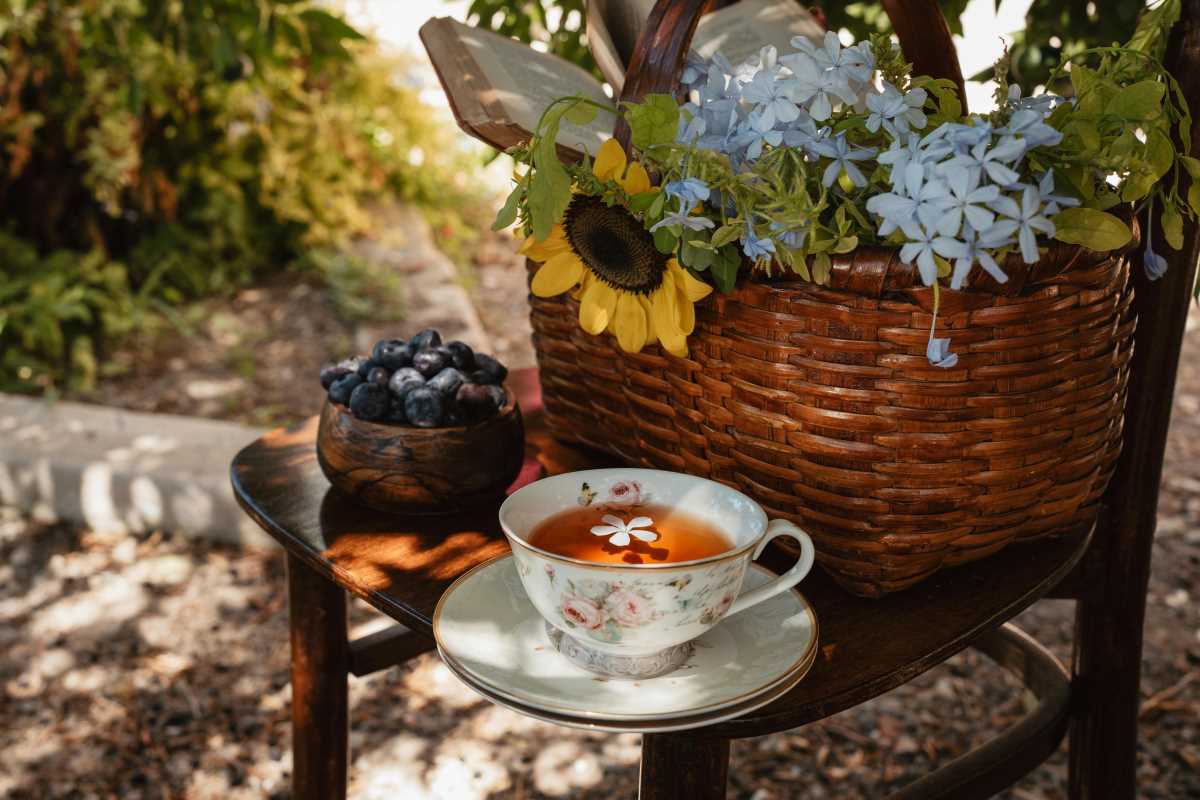 (Image via
(Image via